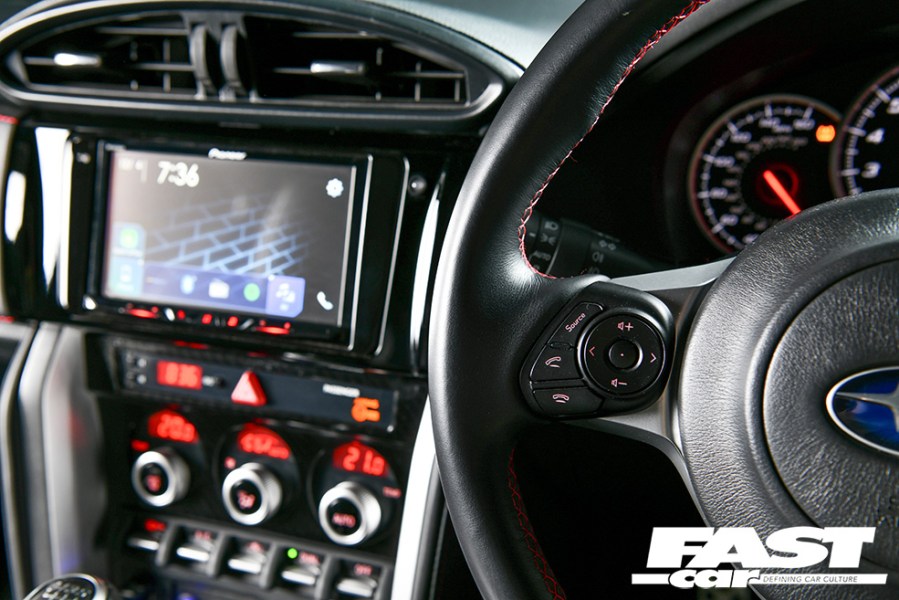Want to get up to speed in the world of automotive audio? Here’s our guide to car stereos and head units with all the info you need.
The first thing you need to do when buying car audio is to be honest with yourself. When you buy aftermarket, rather than OEM (what comes with the car) you choose that route to suit you alone.
These days, some standard factory car audio systems are seriously impressive. The very latest electric Volvo EX90, for example, has a massive OEM Bowers & Wilkins audio system with twenty five speakers. Literally dozens. Every single seat gets proper stereo and has speakers in every headrest. But true stereo sound, laid out uncannily before you as you drive, is the sole realm of aftermarket car audio. It can sound as if the band was right in front of you. As if the stereo image was extending beyond the car. And that’s something even absurd top end OEMs cannot quite do.
If you’re searching for the best of the best; a car audio system to rival even the most high-end home HiFi, it’s going to cost you. The top Alpine system, for instance, is a cool £25,000 plus installation. Called their F#1 Status system, it does all of it at the top end.
99.9% of us car enthusiasts won’t stretch our build budgets quite that far, but here’s the good news. You don’t have to. Car radios start ever so cheap these days, so whatever your budget, there’s bound to be a great aftermarket option out there that’ll make a serious difference to the depth and clarity of your tunes. Now, before you get carried away and start ordering parts, there’s a few things you should consider first…
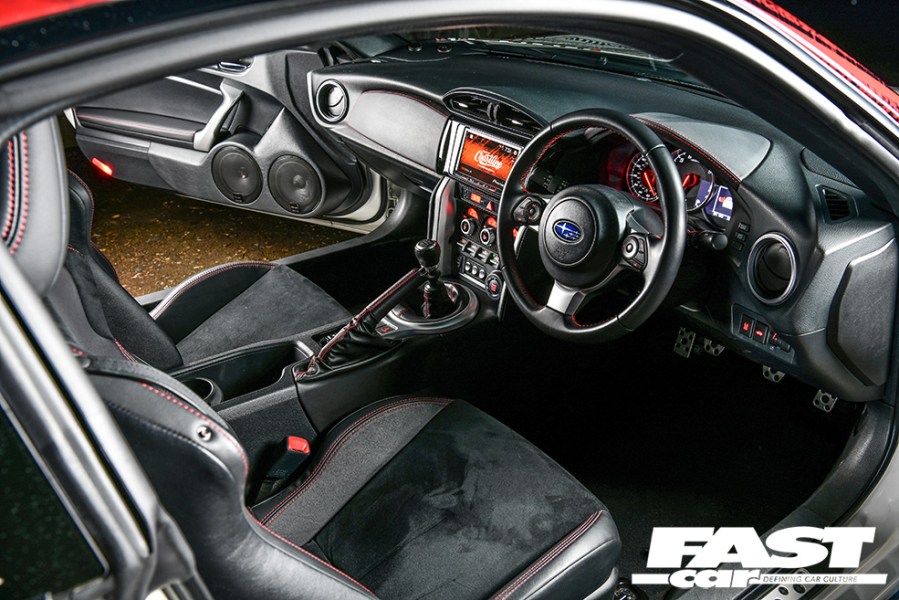
The Three Forces
Ultimately when deciding which car stereo is right for you, there’s just three forces at work:
- Your vehicle: The ultimate pre-furnished room, with only so much space, starting with what’s in the dash to begin with. Single-DIN or Double-DIN dashboard aperture or perhaps there is a stock system in your car? Nowadays, many stock radios are embedded like a tick in the electronic protocols. These cannot be removed. But you can still have anything you want. Read on….
- Your taste in tunes: Do you mostly listen to audiobooks or podcasts? Is it EDM, or Heavy Metal that floats your boat? Or perhaps something softer?
- Your budget: The true limiter. “Yeah, we’d like the Aventador please. And yes, can you add some Liberty Walk fenders as well?” Sigh…It’d be cool to shop like one of the so-called Billionaire Boys but reality needs to bite. Thing is, there is kit made at all levels for all tastes and budgets. You just need to find out about what is good and what is to be avoided. We can help with that.
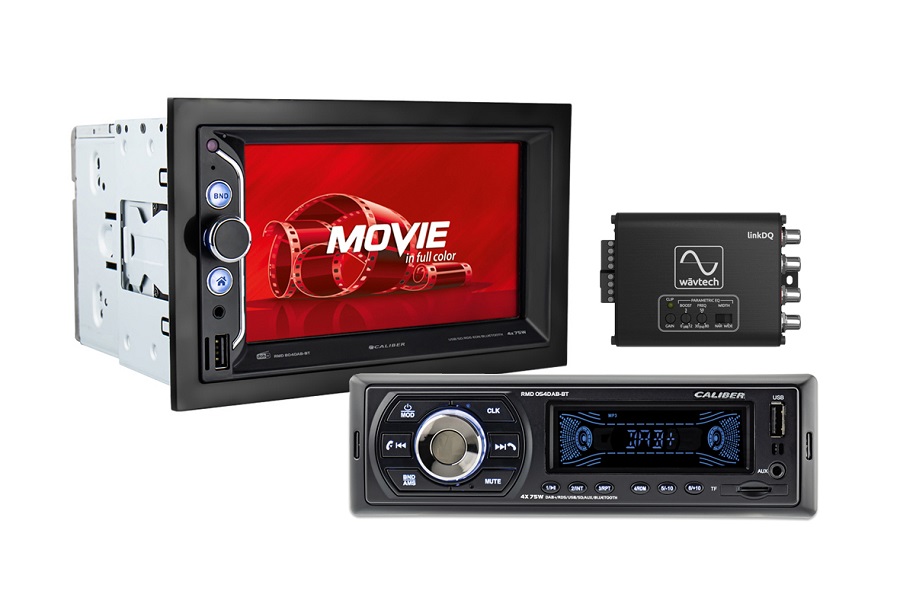
The Kit
Front End – Source
The place your tunes come from, where it all begins, bears different names. If you’re an oily fixer of older cars, then no matter it be a CD or Cassette, you’ll just call it the ‘radio’. If you were ever anything to do with 12V electronics, you’ll call it a ‘head unit’ as most people in the car tuning scene do. Or, if you’re a HiFi nut who argues about gramophone parts, you‘ll call it the ‘source’.
Ultimately, it just those words just refer to the device where your sounds are coming from. Your car will have one of three situations controlling your choices in source. The first two are single-DIN or a Double-DIN standard size housing in your vehicle. The third is when your car has audio electronics that simply aren’t removable. For this last non-removable situation, there are two main options for audio system upgrades. The first is to simply choose amplifiers that can accept speaker level inputs. Your installer finds the wires going to your stock speakers and cuts and re-routes them to your amplifier’s inputs. Thus you can get all the features on the amps you purchase – and they vary, either two-channel or four-channel.
This method will limit your audio shaping to what you have on your car radio as far as equalization is concerned. To get around that, you can take the same speaker wires and feed them to a dedicated OEM integration box. These are specially made for the job. Some can edit out loud warning ‘bings’ that interrupt OEM audio systems, from destroying your ears at 500W after upgrading. Cheap OEM speakers sometimes have their foibles covered by odd-curved outputs from OEM amps. A good integrator can cure that too.
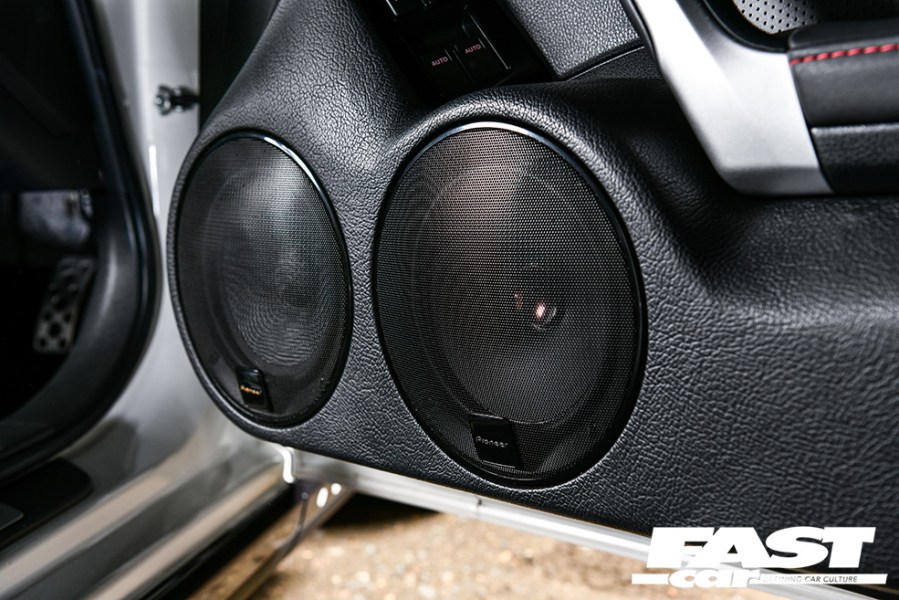
Loudspeakers
You absolutely don’t need twenty-five speakers for good sound in your car. The only way the Volvo/B&W folks do that is by using a lot of test and measuring equipment. Also, they are giving all your empty seats the same emphasis as the driver, and each speaker is volume-limited. Our intentions are a lot more selfish than that, though. The point of tuning YOUR car’s audio is that there’s just YOU to please, even if means disagreeing with HiFi people. If you like it, that justifies it, simple as that.
You need to make your choices of speakers for your car based first as to what will fit. What are your standard speaker housings? There will be cheap drop-in replacements that might be all the upgrade you need. Better speakers with higher efficiency, that make more music with the few watts you have. These perform at their best when paired with a good ‘high-power’ head unit, too. Look for a high ‘dB 1W/1M’ rating for sensitivity.
The other category is when using amplifiers, as these speakers need beefy wire coils and big RMS wattage ratings. Other than that, you need to decide between simple to mount coaxial speakers, or fancier-applicability component loudspeakers. Finally, do you want a passive or active speaker system? That’s when you have an amp channel per speaker in full custom installations.
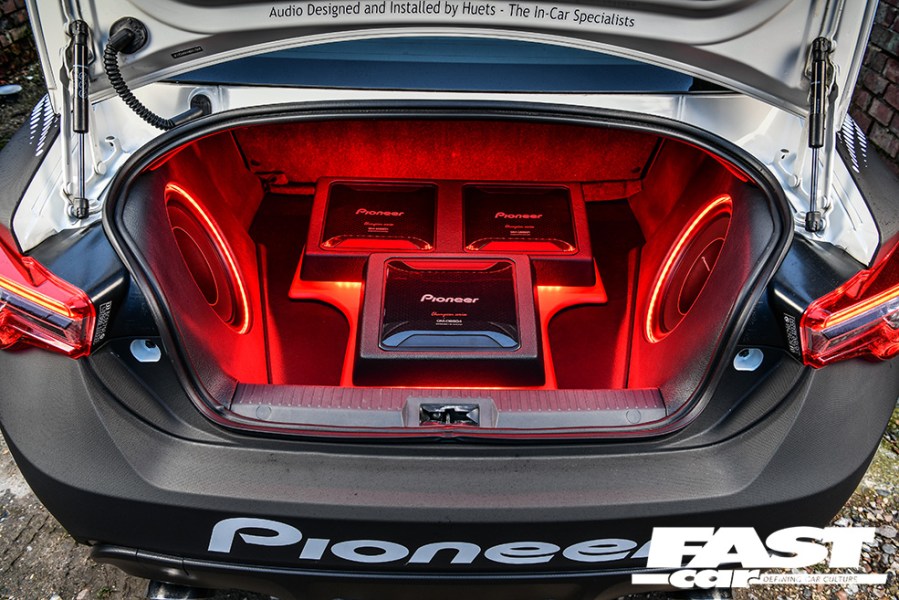
To Bass or Not To Bass?
Bass in cars is weird. To start with, we’re in a metal box (carbon fiber, if you’re rich) and bass is like a fat cushion. It fills a space and wants to burst out of the seams if it is powerful enough. Big bass is so physical that at the outer edges of insane car audio loudness contests, they use armored glass.
As well as smashing your windows, big crazy bass installs tend to tear themselves to bits with vibration. They suffer fractured brackets and smash things attached to the engine. ‘Decibel dragsters‘ compete not against a decibel meter but against each other via public reaction. Monstrous exterior-facing, unfolding multi-box systems that shake the ground and cause hearing damage! At the sane end of the spectrum though, we know that every speaker system that will fit in your car, does require some underpinning.
When any low frequency speaker is correctly added to a system, the rest of the speakers work less hard. Their sound is lifted and improved in a way that gets called ‘psycho-acoustics’. It works all the way up to Metallica concerts. The ‘secret’ to their epic sound is three times over spec subwoofers in the system. And it is so not just about boom and power, but rather subtlety and detail.
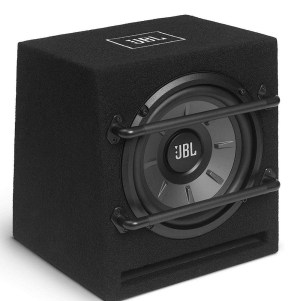
Get a Woofer!
All of which adds up to saying that unless you do run a pair of deep dropping 6x9s, you need a subwoofer. They start with small but effective under-seat designs and above that you’re looking at ready-mades with or without built-in power. Beyond there, you enter the heady world of custom install, from special six-inch woofer-spec drivers, to eights, tens or twelve inchers. If you are after fifteens or bigger, you probably know a bit about it already.
Last of all, with a bass install, you do need to apply that Force #2 (remember from earlier?). This can be expensive in space, weight, cost to install and alternator power to run. It is always a balance between your space available and how much oomph you really want. Then, the quality varies crazily from daft cheap with wibbly wobbly sound, to daft pricey.
A soft wobbly woofer that costs not too much and goes boom on low power would be a JL W0. Their W7 – easy to understand numbering system there – is literally one of the tightest, fastest woofers ever made. And guess what? Their prices reflect this. Most good brands of subwoofer speaker that manufacturer in-car audio will have more than one line of product to fit the different needs and urges. As said before, on this biggest of all car audio subjects, you need to be honest with your own base (bass!) urges!
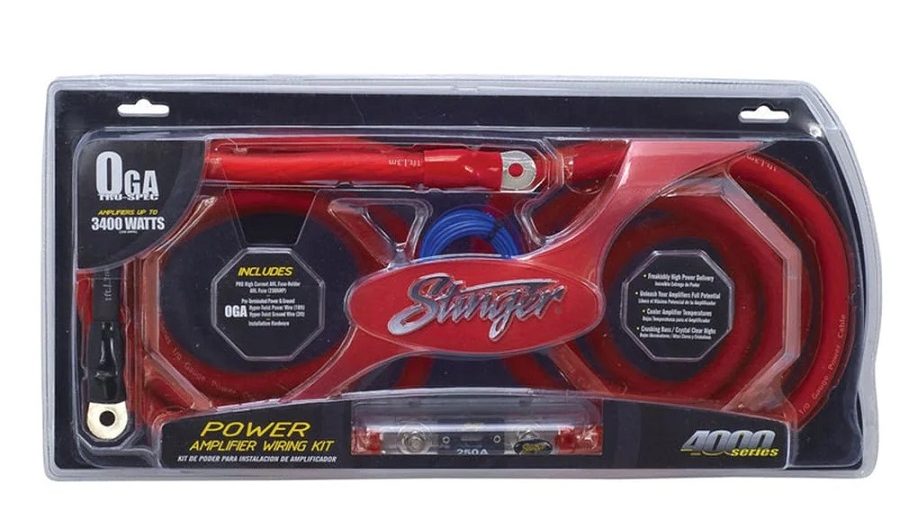
Electrical Wiring
Cables really matter. They come in three kinds. The first relates to the sound or video as a signal to send to an amplifier or screen. These are usually the RCA cable, plugged with the familiar red white and sometimes yellow plugs. There is also a digital fibre optic system rarely seen in car audio called TOSlink that gets used sometimes. The second is the speaker wire. This takes watts from the amplifier, be it inside your radio or a separate one, to the speakers. The third is power, usually DC electricity in cars, unless you are using an AC-DC inverter for, say a Playstation. Each has specific needs due to being in an electrically ‘noisy’ environment and using Direct Current at just 12 Volts. Like everything, cables and wires come in different quality levels and you need to choose carefully to get it right.
A good solution for the wiring needs of your proposed system is to get a wiring kit. These provide all the bits and bobs for all three needs, depending upon scale and size of the kit.
What To Look For In Wiring…
- Signal: The cost of an RCA cable can go to lunatic levels of thousands of pounds in HiFi. In car audio, look for the quality of the plugs and information about the wire’s braid or tinfoil shielding. Skinny cheap RCA cables with molded plugs are to be avoided. Make sure they are a known-good cable brand and their plugs are well made and fit their amplifier sockets firmly. Take anything that uses the word “balanced” as a bit snake oily. True balanced signal in pro audio keeps interference at bay and uses three-pin XLR plugs.
- Speakers: Use the right thickness. Referred to in American Wire Gauge or AWG, if not mm square section. Tweeters need thin wire and mids, medium. My favorite speaker wire ever, was a dual eight-gauge in a clear bronze cover. The same thickness as the first decent power wire. Copper is best, although I once saw a car that had used £800’s worth of solid silver home HiFi cable.
- Power and Earth: The big one where you can get scammed. CCA is Copper Coated Aluminum and is cheap. It works but if you need real power and care, you buy pure copper power wires. The more watts you need at 12 to 14V DC, the fatter your wires need to be. The sheer amperage will astound a home electrician. 100 Amperes is normal for one amplifier in our world. Use the best you can afford as cheap power cables and low quality power connections will sap your juice. It turns your precious DC into warm cables and gives your system less of what it needs.
So, cables matter, get the best you can and factor them into your installation cost.
Installation
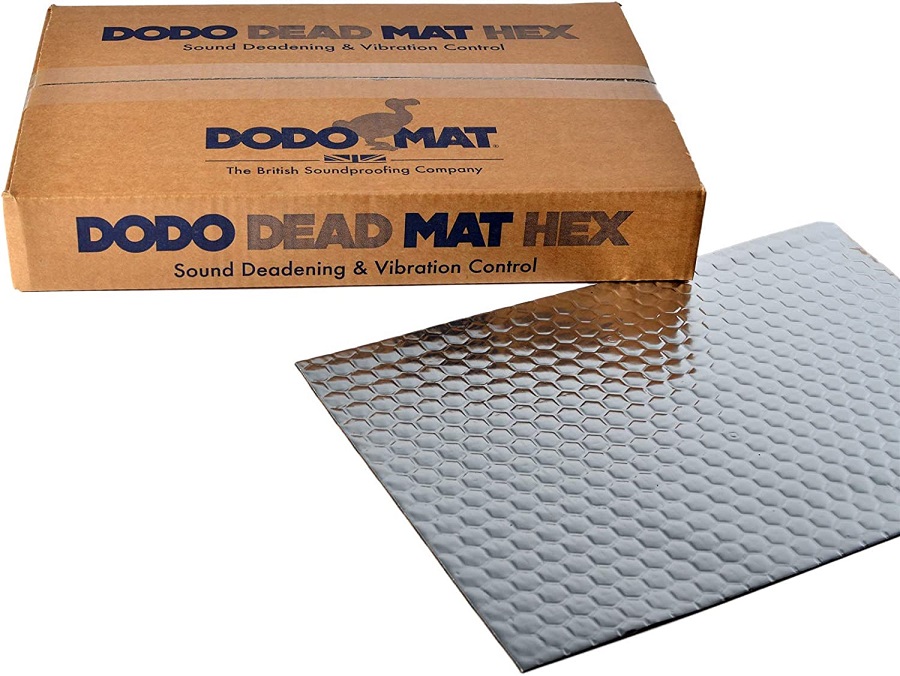
Sound Deadening
When folks convert a van to become a tiny home, the first thing they do is ‘deaden’ the heck out of it. Otherwise, it’s like sleeping in a biscuit tin. Likewise, really posh cars have double glazing and enough sound treatment in their bodywork to render the outside world irrelevant. In Bentleys, they call it ‘Splendid Isolation’. All cars come with some sound deadening material stuck here and there in their bodywork. Usually based on tarry bitumen, these bits make a car go ‘thud’ when you tap a panel. Better than tin-tray noises like a van wall.
For car audio, a massively worthwhile investment has always been to hugely upgrade how inert your door panels are. To add some sound deadening even became a cool trend with the Dynamat brand leading the way. There are a lot of other brands out there and at different price points too. The main thing to know is that the energy you so carefully preserved by buying posh wires is at risk! Yes, those tunes will rock all the clearer and better if the doors they play from have had extra deadening. The trade even refers to this as the best audio upgrade ever, as the improvements in the sound are so noticeable. Those vans that get converted, the first show-off Insta pic is always the amount of sound deadening they have used.
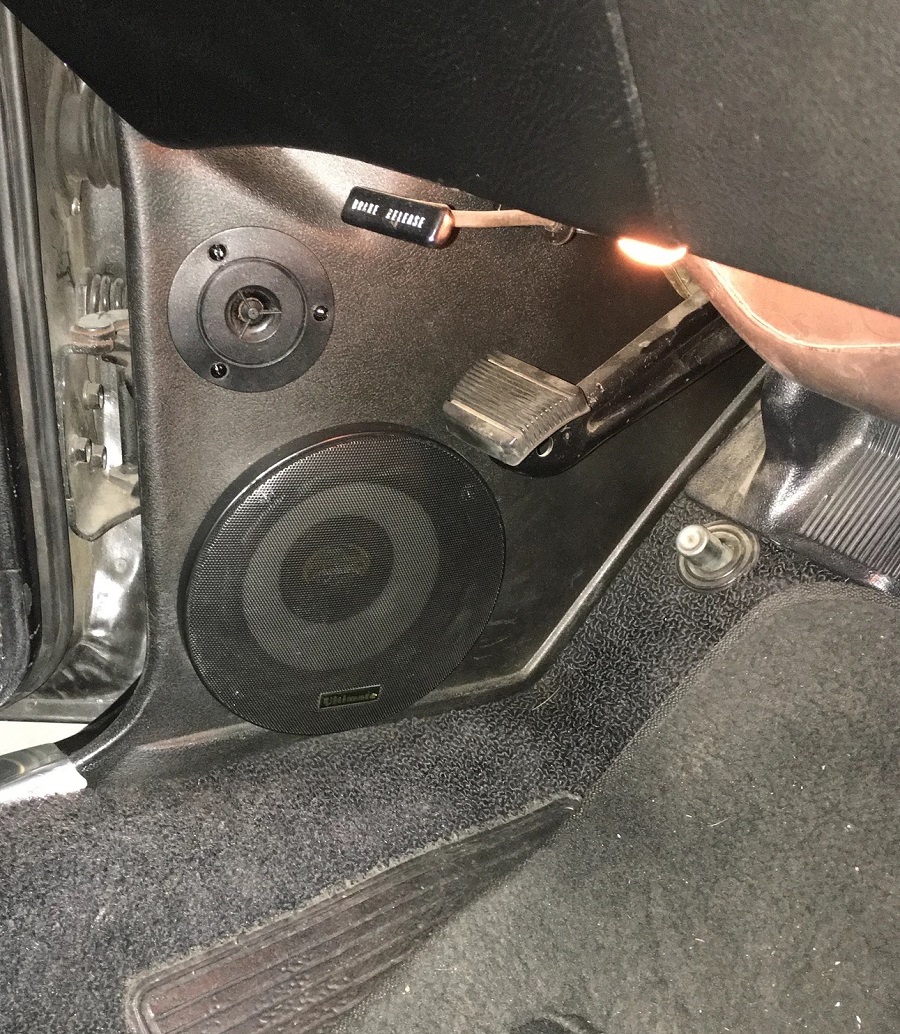
Speaker Placement and Path-length
At home, you sit in between your speakers but unless you do have that McLaren F1, in your car you’re sat to one side. Therefore, the big difficulty with in-car audio is getting the same result as in your living room. You want it to sound full, rich and detailed and like it was all coming from in front of you. There are cunning ways to do this, especially developed for car audio that are now standard. They come in two flavors: physical and electronic.
The physical one is about how far your ears are from each speaker. If it’s the same distance, like indoors, you get proper stereo. In the car, you are close to the door. So placing speakers in builds in the kick wells is a real trend. The speakers are in direct line-of-sight to your ears. If you measure with two bits of string, you will find the difference between them is small, versus door-mounted speakers. The effect is weird as the speakers sound like they are right in front of you. The newer and more popular super-high-end method of mounting speakers is to use the A pillars. High power three inch designs and tweeters are used. Fancy and expensive.
The easiest method of correction is Time Alignment. That is all about a bit of digital control. Sound goes at 1.0 milliseconds per foot at ground level in air. If you are closer to one set of speakers, then delaying them a fraction of a millisecond will fix this. Yes, DSP or Digital Signal Processors can split a millisecond into tenths to get this right. At the entry level, ‘Time Alignment’ merely means a mild position-perception fix. At the high end it can win sound quality competitions and give you a right tickle in the feels.
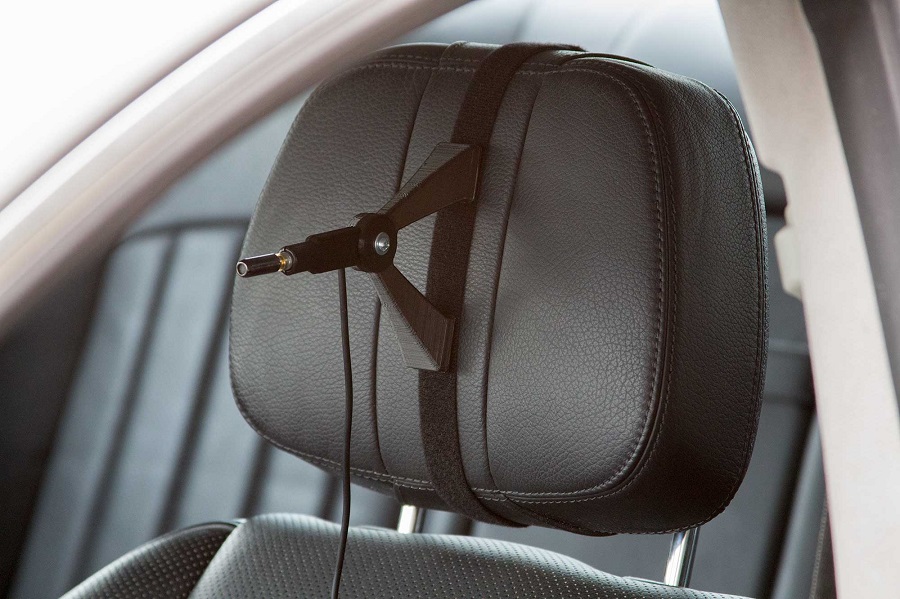
Sound Tuning
Home audio can still be resistant to equalization, while car audio’s more enlightened about fitting your system to your acoustics. In home theatre, they do often have a system of room tuning. They play a set of tones from the unit and a specially connected microphone sends data to a brain. This sets the system up for you. The aforementioned Alpine F#1 Status complete system has this too. Otherwise you or your installer can set up the EQ by way of measuring with an RTA.
A Real Time Analyzer, this shows the tonal balance of your system with a curve. You put an all-frequency sound in, called pink noise and see what peaks or troughs you have. This is when, say, your soft upholstery absorbs tweeter energy and makes a reduction in perceived output. Or most commonly, when the car’s cabin makes a boomy bass by being louder at certain frequencies. It’s called the Cabin Effect. This is a thing that good installers will get around with careful equalization and give you a better quality output.
Most importantly with all the tuning stuff, is to be able to hear it switched completely in and then out again. This is the easiest way for your ears to tell if it’s all worth it.

